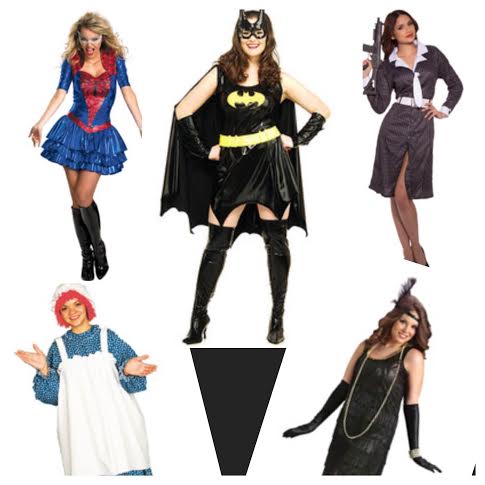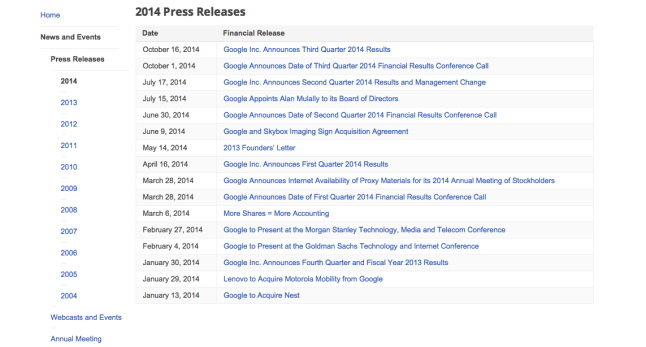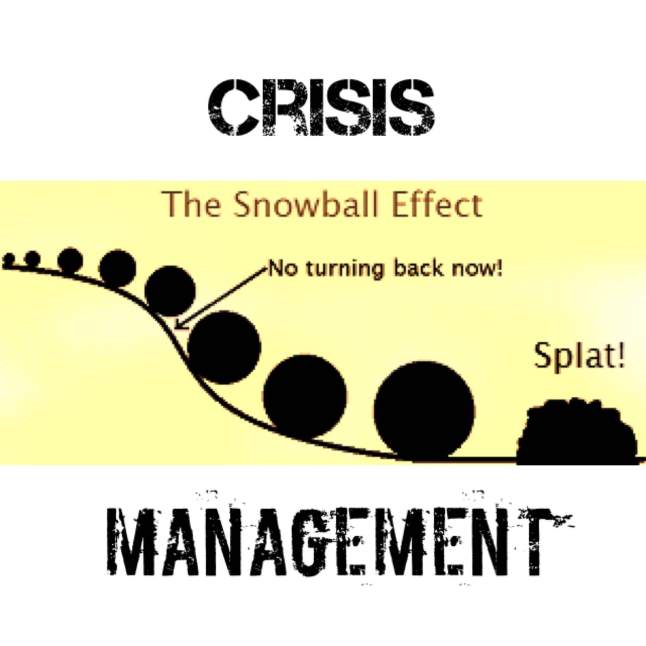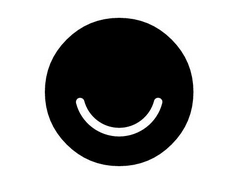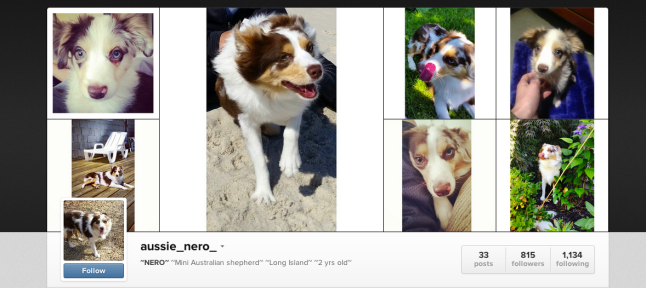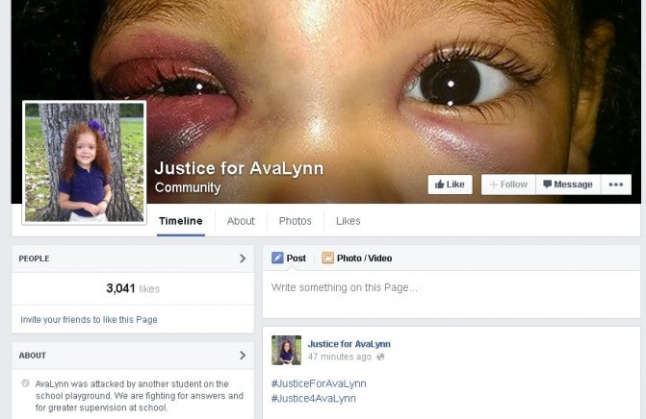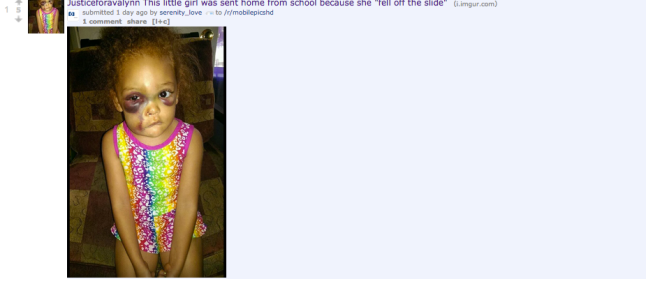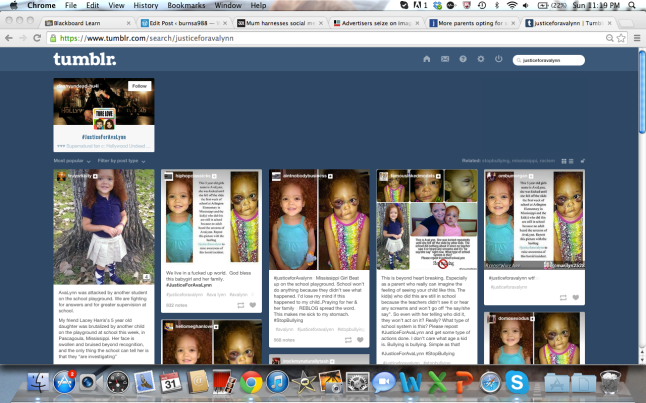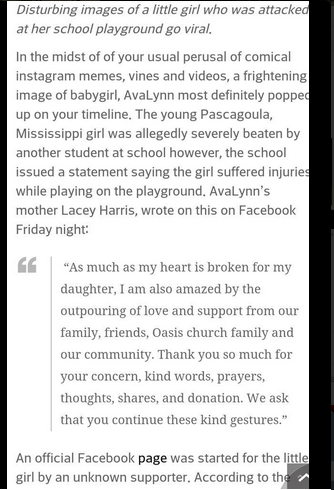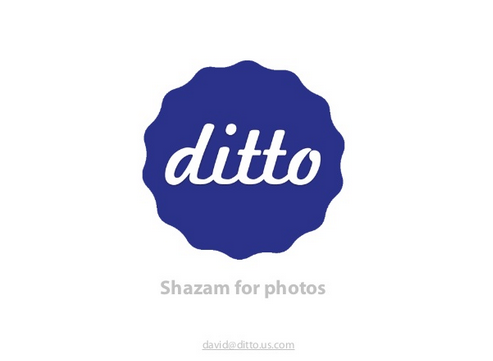This October, Walmart reached out to the plus size community in the absolute most wrong way. They had a plus size section called “Fat Girl Costumes.” The section offered costumes that were also offered in Walmart’s Women’s Plus Size Adult section, suggesting that someone created this offensive section as some kind of cruel joke and forgot to change it (Merlan 2014). Others believe it could have been some third-party metadata issue that was automatically generating groupings since this category was related to “Plus Size” and “Adult Plus” (Griner 2014).
By 11:15am, costumes were removed from the “Fat Girl Costumes” section, however the title of the section still showed up on the website. By 1:30pm, the category finally disappeared and Walmart started to auto reply to angry customers on Twitter (Merlan 2014).
It was noted on AdWeek, that alongside the article was a “related link” to the category on walmart.com (Griner 2014). A woman named Krystyn Washburn was one of the first people to tweet at Walmart after she saw the category on October 21. (Prisco 2014). Walmart’s semi-apolopy was “Your comments and suggestions are important to us and help make Wal-Mart even better. Thank you,” which angered customers because it sounded the least sympathetic. A company spokesperson said to People Magazine’s website that “this never should have been on our site. It is unacceptable and we apologize,” while ensuring it would never happen again (Shandrow 2014). Buzzfeed reported that a reader pointed out that around 4:10pm, even though Walmart updated their webpage, an offensive banner ad appeared at the top of the page for “Women’s Plus Size Halloween Costumes” saying, “make it a monstrously big Halloween for less” (Zarrell and Maheshwari 2014).
Walmart had not even apologized before large news sources began to publish the story on the Times, People, CNN, and more. Customers began to notice the insensitive category around 10:30am and then nothing was even done about it until 45 minutes later, and not even fully removed until 3 hours later (“Walmart in hot water over ‘fat girl’ Halloween costume section” 2014). Apparently the category reappeared on the site 6 days later also for a short period of time (Prisco 2014).
It’s not even the first time the store has has offensive products. Also available were racist American Indian parody outfits, gypsy costumes, “Fat Tinkerbell” costume for men, and a Marie Antoinette costume with a description with bizarre symbols as apostrophes and beheading jokes (Merlan 2014).
Walmart is a prime example of the statistic that 50% of communications professionals think that organizations are not adequately prepared to handle crisis situations. Crisis management is so important because “the reputation of a brand can easily be tarnished in mere moments because an active public now has the ability to take a stance, make a statement, and judge that brand based on how the company chooses to address (or not address) the crisis at hand” (Luttrell 2014). In order for Walmart to have successfully handled this Halloween costume crisis, they should have a crisis management team and website to go live when there is an emergency in which they can sincerely apology, take full responsibility, have a plan of how they are dealing with the situation, and be able to answer all questions the customers may have. Walmart should have posted an apology on all social media and their main website. They also should have responded quicker and taken the offensive category down right away. The company waited too long for that, and waited too long for a spokesperson to address the public. If Walmart wanted to provide good customer service, they would have responded to each and every complaint or response from the public and had been sympathetic, apologetic, and comforting, instead of sounding like an automatic machine.
Questions:
1. What suggestions would you have for Walmart in this situation?
2. Are there any other examples you have found the similar situation occurred, but handled better than this?
Works Cited
Griner, David. “Whoa, Walmart.com. Why Do You Have a Section Called ‘Fat Girl Costumes’? Not a Good Look for the Retailer.” AdWeek. N.p., 27 Oct. 2014. Web. 18 Nov. 2014. <http%3A%2F%2Fwww.adweek.com%2Fadfreak%2Fwhoa-walmartcom-why-do-you-have-section-called-fat-girl-costumes-161025>.
Luttrell, Regina. “Chapter 9: Crisis Management on the Social Sphere.” Social Media: How to Engage, Share, and Connect. N.p.: Rowman & Littlefield, 2014. N. pag. Print.
Merlan, Anna. “Walmart’s Website Features a Section of ‘Fat Girl Costumes'” Jezebel. N.p., 27 Oct. 2014. Web. 18 Nov. 2014. <http://jezebel.com/walmarts-website-features-a-section-of-fat-girl-costum-1651125569>.
Prisco, Joanna. “Are ‘Fat Girl Costumes’ on Walmart Site a Halloween Trick?” ABC News. ABC News Network, 27 Oct. 2014. Web. 18 Nov. 2014. <http://abcnews.go.com/Lifestyle/fat-girl-costumes-walmart-site-halloween-trick/story?id=26485549>.
Shandrow, Kim Lachance. “Wal-Mart Eats Humble Pie After Publishing ‘Fat Girl’ Halloween Costumes.” Entrepreneur. N.p., 28 Oct. 2014. Web. 18 Nov. 2014. <http://www.entrepreneur.com/article/239084>.
“Walmart in Hot Water over ‘fat Girl’ Halloween Costume Section.” RT USA. N.p., 28 Oct. 2014. Web. 18 Nov. 2014. <http://rt.com/usa/200239-warlmart-fat-girl-costume/>.
Zarrell, Rachel, and Sapna Maheshwari. “Walmart Apologizes For “Fat Girl Costumes” Section on Website.” BuzzFeed. N.p., 27 Oct. 2014. Web. 18 Nov. 2014. <http://www.buzzfeed.com/rachelzarrell/walmart-is-offering-a-selection-of-fat-girl-costumes-on-thei>.

